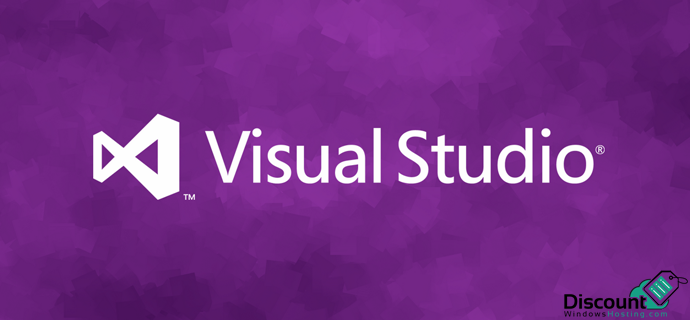A database optimization method called SQL table partitioning splits big tables into smaller, easier-to-manage chunks. This technique allows operations to be done on subsets of data, which improves query performance and streamlines database management. Horizontal range and vertical range are the two most used partitioning styles. This essay will examine the background, significance, development, limitations, and current applications of these partitioning techniques. Additionally, example SQL code demonstrating both kinds of partitioning will be provided.
Evolution and History
The Early Years
Monolithic tables were used in the early days of databases to store all data. Large tables’ performance problems were discovered as databases expanded. As a result, partitioning strategies were created to enhance manageability and performance.
Partitioning Horizontally
Sharding, also known as horizontal partitioning, is the process of splitting a table into rows for several partitions according to a certain range of values. With the emergence of large-scale transactional databases in the 1990s—where scalability and performance were crucial—this approach became more and more common.
Vertical Partitioning
Vertical partitioning, on the other hand, involves splitting a table into columns, creating multiple tables with fewer columns. This approach is beneficial for optimizing I/O operations and reducing the amount of data scanned in queries. It emerged as a significant technique in data warehousing and analytical databases in the early 2000s.
Modern Evolution
With the advent of big data and cloud computing, modern databases have incorporated advanced partitioning strategies to handle massive volumes of data efficiently. Modern SQL databases like PostgreSQL, MySQL, and SQL Server provide robust support for both horizontal and vertical partitioning.
Need for Partitioning
Partitioning is crucial for several reasons.
- Performance Improvement: Reduces the amount of data scanned during queries.
- Manageability: Simplifies maintenance tasks like backups, archiving, and purging.
- Scalability: Enables handling of large datasets by distributing them across multiple storage units.
- Load Balancing: Distributes query load across multiple partitions, preventing hotspots.
Horizontal RANGE Partitioning
Horizontal RANGE partitioning divides a table into partitions based on a range of values in one or more columns. This is especially useful for time-series data or any data that naturally falls into distinct ranges.
Sample SQL Code
Let’s consider a table of Sales that we want to partition by year.
CREATE TABLE Sales (
sale_id INT PRIMARY KEY,
sale_date DATE,
amount DECIMAL(10, 2)
) PARTITION BY RANGE (YEAR(sale_date));
CREATE PARTITION Sales_2022 VALUES LESS THAN (2023);
CREATE PARTITION Sales_2023 VALUES LESS THAN (2024);
CREATE PARTITION Sales_2024 VALUES LESS THAN (2025);In this example, sales data is divided into partitions based on the year of the sale_date.
Vertical RANGE Partitioning
Vertical RANGE partitioning involves splitting a table by columns, creating multiple tables with subsets of columns. This is useful for optimizing specific queries that only need access to certain columns, reducing I/O overhead.
Sample SQL Code
Consider a table Customer with many columns. We can partition it vertically.
CREATE TABLE Customer_Part1 (
customer_id INT PRIMARY KEY,
first_name VARCHAR(50),
last_name VARCHAR(50)
);
CREATE TABLE Customer_Part2 (
customer_id INT PRIMARY KEY,
email VARCHAR(100),
phone_number VARCHAR(20)
);
CREATE TABLE Customer_Part3 (
customer_id INT PRIMARY KEY,
address VARCHAR(255),
city VARCHAR(50),
state VARCHAR(50),
zip_code VARCHAR(10)
);In this example, the Customer table is split into three tables, each containing a subset of the original columns.
Drawbacks
Despite their benefits, partitioning methods have drawbacks.
Complexity: Increases the complexity of database design and management.
Overhead: Requires careful planning to avoid performance degradation.
Maintenance: Can complicate tasks such as updates and joins across partitions.
Compatibility: Not all database systems support advanced partitioning features.
Latest Developments
Modern SQL databases have advanced partitioning capabilities, with support for:
Automatic Partition Management: Automated creation, merging, and deletion of partitions.
Sub-partitioning: Combining multiple partitioning strategies for finer control.
Global Indexes: Efficient indexing across partitions.
For instance, PostgreSQL introduced declarative partitioning in version 10, simplifying the creation and management of partitions.








